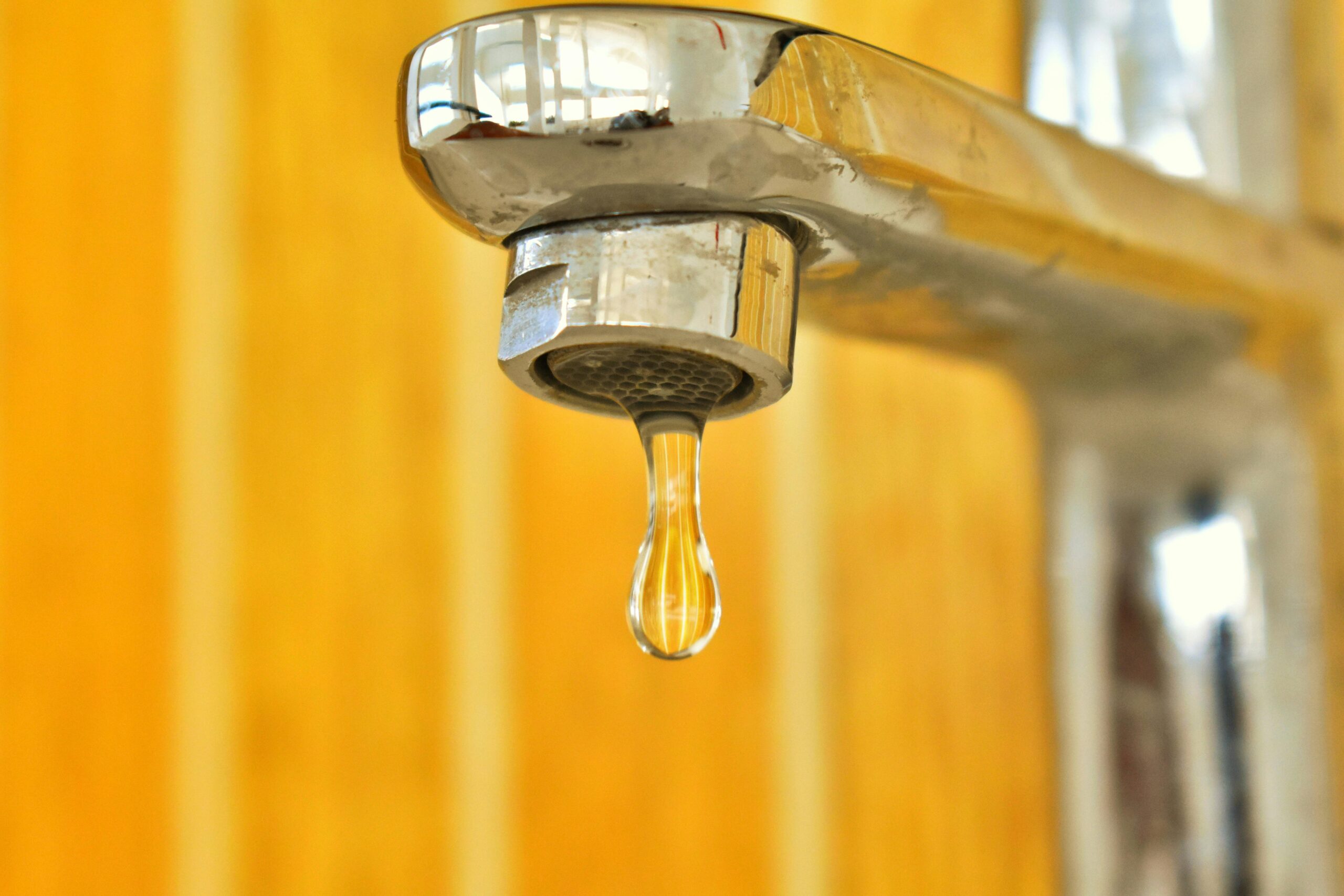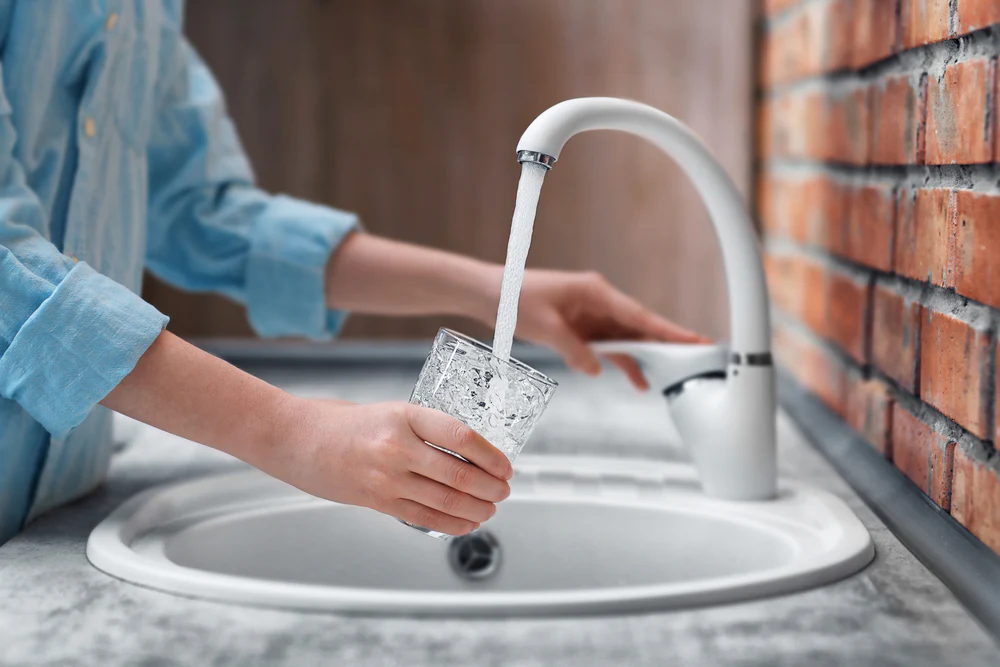The Biden-Harris administration has issued a final rule through the Environmental Protection Agency (EPA), mandating that all lead service lines in the United States be replaced within the next decade. This initiative, grounded in the Lead and Copper Rule Improvements (LCRI), represents a powerful commitment to environmental justice and public health, particularly for children and historically marginalized communities affected by lead contamination.
The Lead Pipe Problem in the U.S.
Lead pipes have been a significant public health concern for decades. Lead, a potent neurotoxin, poses risks to everyone but is particularly harmful to children, whose developmental health can be seriously impacted even by low levels of exposure. According to the EPA, as many as 9 million homes still have lead water pipes, many of which are concentrated in low-income and minority communities.
The health implications of lead exposure are severe and well-documented. They include developmental delays, behavioral issues, and reduced IQ in children, alongside potential cardiovascular and kidney issues in adults. While lead has been banned in new plumbing materials since 1986, aging infrastructure means that many communities still face risks from existing lead pipes and fixtures.
Key Components of the Final Rule
- Universal Lead Pipe Replacement: The rule mandates that drinking water systems nationwide identify and replace lead pipes within a ten-year timeframe. President Biden highlighted this as a national priority, contrasting it with previous standards that lacked a nationwide replacement requirement. The LCRI not only replaces existing lead standards but also mandates that utilities conduct more rigorous testing and public reporting to increase transparency and accountability.
- Enhanced Funding and Targeted Assistance: This initiative leverages $50 billion from the 2021 Bipartisan Infrastructure Law, with $15 billion directly allocated for lead service line replacement. Additional funds have been secured to support water infrastructure improvements across the country. Half of this funding will be directed toward underserved communities, aligning with the Justice40 Initiative, which aims to ensure that 40% of federal benefits flow to communities disproportionately affected by environmental hazards.
- Public Health Impact: The EPA estimates the LCRI will protect up to 900,000 infants from being born with low birth weight, prevent the loss of approximately 200,000 IQ points in children, and reduce around 1,500 annual cases of premature deaths from heart disease. Lead exposure has long been linked to severe health problems, especially in children, who can suffer from cognitive impairments, behavioral issues, and physical health challenges due to lead poisoning.
- Jobs and Economic Benefits: The rule will create thousands of well-paying, union jobs to manage the identification, planning, and replacement of lead pipes. Cities like Milwaukee, Detroit, and Denver are already accelerating their replacement efforts with funds from the Bipartisan Infrastructure Law, transforming long-term projects into achievable goals within a decade.
Long-Term Health and Economic Impacts
Lead pipe replacement goes beyond immediate health improvements; it has lasting economic and social benefits. By reducing lead exposure, communities can expect lower healthcare costs, improved educational outcomes for children, and overall enhanced public health. These positive effects are projected to be particularly impactful in communities where lead exposure has been a persistent issue, reinforcing the administration’s commitment to environmental justice.

How to Check If You Have a Lead Service Line
This resource from the EPA offers reliable ways to test your service lines at home with just a penny and a magnet. The NRDC also offers an excellent guide in checking for lead service lines.
If You Do Have Lead Pipes, Here’s What to Do
If you have a lead pipe service line or suspect lead in your water supply, take these steps to reduce lead exposure:
- Use Cold Water for Drinking and Cooking: Lead dissolves more easily in hot water, so always use cold water for drinking, cooking, and making baby formula. Heat water on the stove if you need it warm.
- Flush Your Pipes: Run cold water for at least two minutes every morning or any time water hasn’t been used for a few hours. This flushes out water that may have absorbed lead overnight.
- Use a Certified Filter: Install a water filter certified to remove lead (look for NSF/ANSI Standard 53 or 58) on your faucet. Replace filters as recommended by the manufacturer. Businesses, public areas and schools should consider using a filtered water dispenser to offer employees, customers and students clean, safe drinking water.
- Regularly Clean Aerators: Clean faucet aerators every month, as small particles containing lead can accumulate there, especially in older plumbing.
- Test Your Water: Have your water tested by a certified lab. Contact your local water provider for recommendations, or find a testing service in your area.
- Reach Out to Your Water Provider: Request that your home be added to the water system’s lead service line replacement program and ask what programs the agency offers to do this for free or at a reduced cost.
Conclusion
Millions of Americans are still served water from lead-containing service lines today, presenting serious health concerns from lead exposure. If your water is contaminated with lead or other harmful chemicals, it’s vitally important that you filter your water. Businesses, schools, and events have an even greater responsibility to serve their employees, students, and attendees with clean, safe drinking water.
The FloWater Refill Station eliminates toxins like lead, as well as microplastics and other dangerous contaminants. With 7x Advanced Purification, you can be certain you’re getting safe, clean drinking water. Get in touch with us today for a free quote.




